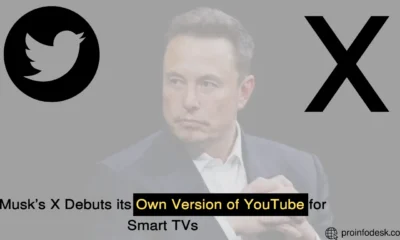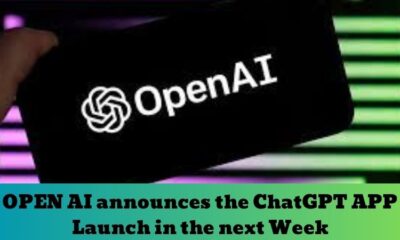Tech
Meet RT-2: The AI System That Can Teach Robots New Tricks
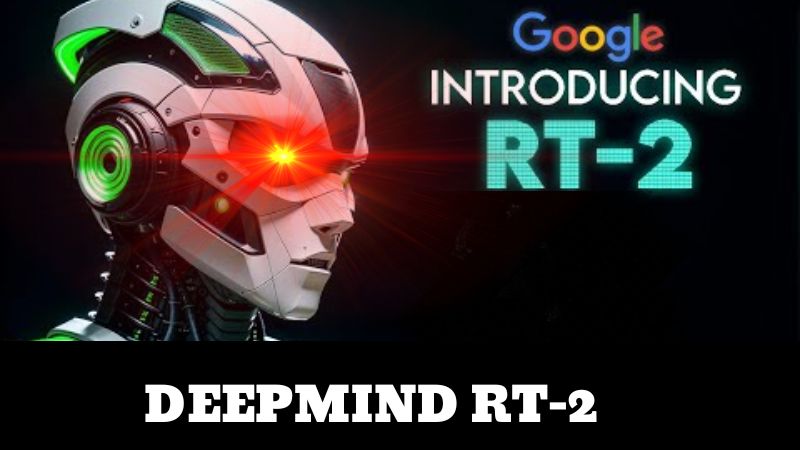
Imagine a cutting-edge AI system that can teach robots to do things they were never specifically trained for. Well, that’s precisely what Google DeepMind has achieved with their new creation called RT-2. This groundbreaking model learns from both web-based data and information gathered from real-world robotics experiences, enabling it to give simple yet effective instructions to robots.
Testing Phase of RT-2:
In the testing phase, RT-2 was challenged with tasks that were completely new to it, not part of its initial training. For example, it was asked to arrange oranges in a matching bowl, something it had never done before. To tackle these unfamiliar tasks, RT-2 tapped into the vast knowledge it had accumulated from the web data it learned. And impressively, it succeeded in completing these actions with a 62% success rate – that’s twice as good as its predecessor, RT-1.
Ability to work on New Commands:
But what makes RT-2 truly remarkable is its ability to adapt and think on its feet. It can figure out new commands and respond effectively, even when those tasks were never part of its training data. For instance, when asked to find an object that could serve as a hammer, RT-2 astutely identified a rock as the most suitable option.
Moreover, RT-2’s cognitive prowess goes beyond single-step problem-solving. It can reason through multiple stages, devising clever solutions to complex challenges. In one test, it ingeniously concluded that a rock would make a perfect makeshift hammer, displaying a level of reasoning similar to how humans would approach the problem. Another time, when commanded to push a bottle of ketchup towards a blue cube, RT-2 achieved the objective, despite having no prior knowledge of any objects except the cube.
This breakthrough by Google DeepMind signifies a major leap forward in the realms of artificial intelligence and robotics. RT-2’s capability to learn from web data and apply that knowledge to real-life tasks opens up exciting possibilities for the future of robotics. As the technology continues to evolve, we could witness the emergence of versatile and helpful robots that can seamlessly integrate into various human-centered environments. While there’s still much work to be done, RT-2 offers a tantalizing glimpse of what’s to come in the fascinating world of robotics.
Some Questions You may want to Know About RT-2:
1. What is RT-2?
RT-2 is an advanced AI model developed by Google DeepMind for robotics. It can teach robots to perform tasks beyond its initial training data, thanks to its ability to learn from web data and apply that knowledge to real-world scenarios.
2. How does RT-2 learn to perform new tasks?
RT-2 learns from a combination of web-based data and information collected from real-world robotics experiences. It uses this diverse knowledge to give robots simple instructions for performing various tasks.
3. What is the success rate of RT-2 in performing new tasks?
In tests, RT-2 achieved a 62% success rate in carrying out tasks that were not part of its initial robotic training data. This is twice as successful as its predecessor, RT-1.
4. Can RT-2 understand and communicate with robots?
Yes, RT-2 can effectively communicate with robots by providing them with clear and actionable instructions. It can direct robots to carry out tasks that it was not explicitly trained for.
5. Does RT-2 demonstrate reasoning capabilities?
Absolutely! RT-2 showcases remarkable reasoning capabilities, allowing it to figure out new user commands and tasks that were not present in its initial training data. It can even perform multi-stage semantic reasoning to solve complex challenges.
6. How does RT-2 adapt to new situations?
RT-2’s adaptability comes from its ability to draw upon the diverse knowledge it acquired from web-based data. It can translate this knowledge into useful instructions, enabling it to tackle new and unfamiliar tasks effectively.
7. What is DeepMind’s view on RT-2’s impact on robotics?
Google DeepMind sees RT-2 as a significant breakthrough in artificial intelligence and robotics. They believe it brings us closer to a future of helpful and more general-purpose robots that can operate in various human-centered environments.
8. How can RT-2 enhance interactions with robots?
RT-2’s ability to teach robots new tasks and communicate effectively with them can significantly enhance human-robot interactions. It opens up possibilities for robots to be more adaptable and helpful in diverse situations.
9. What future possibilities does RT-2 present for robotics?
RT-2’s success in learning from web data and applying that knowledge to real-world tasks offers exciting possibilities for the future of robotics. As the technology advances, we could see robots becoming more versatile, capable, and seamlessly integrated into our daily lives. The potential for helpful robots in various human-centered environments is just within reach.
Tech
WhatsApp’s New Audio Call Bar Feature Simplifies Calling Experience

Digital platforms like WhatsApp work hard to improve user experience. Meta, WhatsApp’s parent company, has introduced a new feature to enhance calling. Let’s explore this addition and how it helps users.
New Whatsapp Feature:
WhatsApp’s latest feature is the Audio Call Bar feature. It aims to make calls easier for users. It’s first available to select users and will come to iOS soon.
How It Works:
When users make a call, they’ll see a new call bar. This design lets users do other things while on a call. Users can mute or end calls from the interface. When you start a call, you’ll see a new call bar at the top of the app. It stays there even if you switch to another app, making it easier to do other things while you’re on a call. You can also mute or end the call right from this bar, which saves you time and makes things simpler.
Meta’s Improvement:
Meta is committed to making WhatsApp better. They want to make it a top communication platform. It shows their aim to connect people through easy communication.
Seamless Communication:
WhatsApp’s aim is to make communicating easy. The new call bar is part of this. It keeps up their promise to help users communicate easily.
Other WhatsApp Latest Features:
Along with the call bar, there are other new whatsapp features. Apple users have passkeys for secure logins. WhatsApp’s AI assistant also does more now, like generating info and images. All these updates make using WhatsApp better.
Tech
A New Era in Space Exploration: Pakistan’s First Lunar Mission Takes Flight
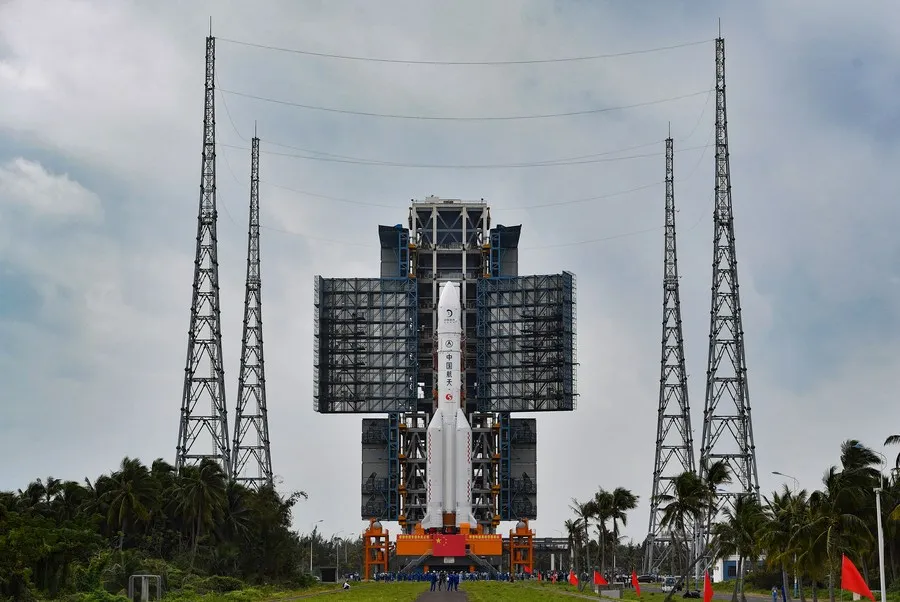
In a historic move that marks Pakistan’s debut in lunar exploration, the country’s first satellite mission named ICube Qamar was successfully launched aboard China’s Chang’e 6 mission from Hainan, China. This monumental event not only underscores the burgeoning space alliance between Pakistan and China but also signifies a pivotal moment in global lunar research efforts.
The Chang’e 6 mission, renowned for its ambitious goal to retrieve samples from the far side of the moon, took to the skies on a Long March-5 rocket from the Wenchang Space Launch Site. This mission is poised to carve a new chapter in lunar exploration by focusing on areas of the moon that have remained largely unexplored by previous missions.
Exploring the Moon’s Mysterious Far Side
China’s venture to explore the enigmatic far side of the moon showcases the nation’s advancing capabilities in space technology. The Chang’e 6 mission is designed to spend two days on the lunar surface, with plans to gather around 2 kilograms (4.4 lb) of lunar samples. These samples are anticipated to shed light on the moon’s composition and uncover secrets about its enigmatic past.
What sets this mission apart is its emphasis on collaboration. The integration of Pakistan’s ICube Qamar satellite into the mission exemplifies a global collaborative effort in the quest for lunar exploration. ICube Qamar, representing Pakistan’s inaugural venture into moon exploration, is poised to play an instrumental role in gathering data from the lunar surface, enhancing our collective understanding of the moon.
A Milestone of Collaboration
The mission’s successful launch has been greeted with widespread acclaim and enthusiasm, especially within Pakistan, where the Prime Minister has celebrated this achievement as a landmark moment for the country’s aspirations in space exploration. This event underscores the profound partnership between Pakistan and China in pushing the frontiers of space technology and exploration.
The Chang’e 6 mission, featuring payloads from various countries, serves as a testament to the spirit of international cooperation that fuels our exploration of the cosmos. Through shared resources, knowledge, and visions, nations are unlocking extraordinary possibilities in space exploration, paving the way to unravel the mysteries of our universe collectively.
Looking Ahead
The success of the Chang’e 6 mission, with Pakistan’s ICube Qamar onboard, heralds a new era of international cooperation in space exploration. It demonstrates the immense potential of collaborative missions in advancing human knowledge and pushing the boundaries of what is possible.
As we await the return of the Chang’e 6 probe with samples from the moon’s far side, we stand on the brink of new discoveries that could redefine our understanding of the moon and beyond. This mission is not just a triumph for Pakistan and China but a victory for the international community’s collective endeavor to explore the unknown frontiers of space
Tech
Musk’s X Debuts its Own Version of YouTube for Smart TVs
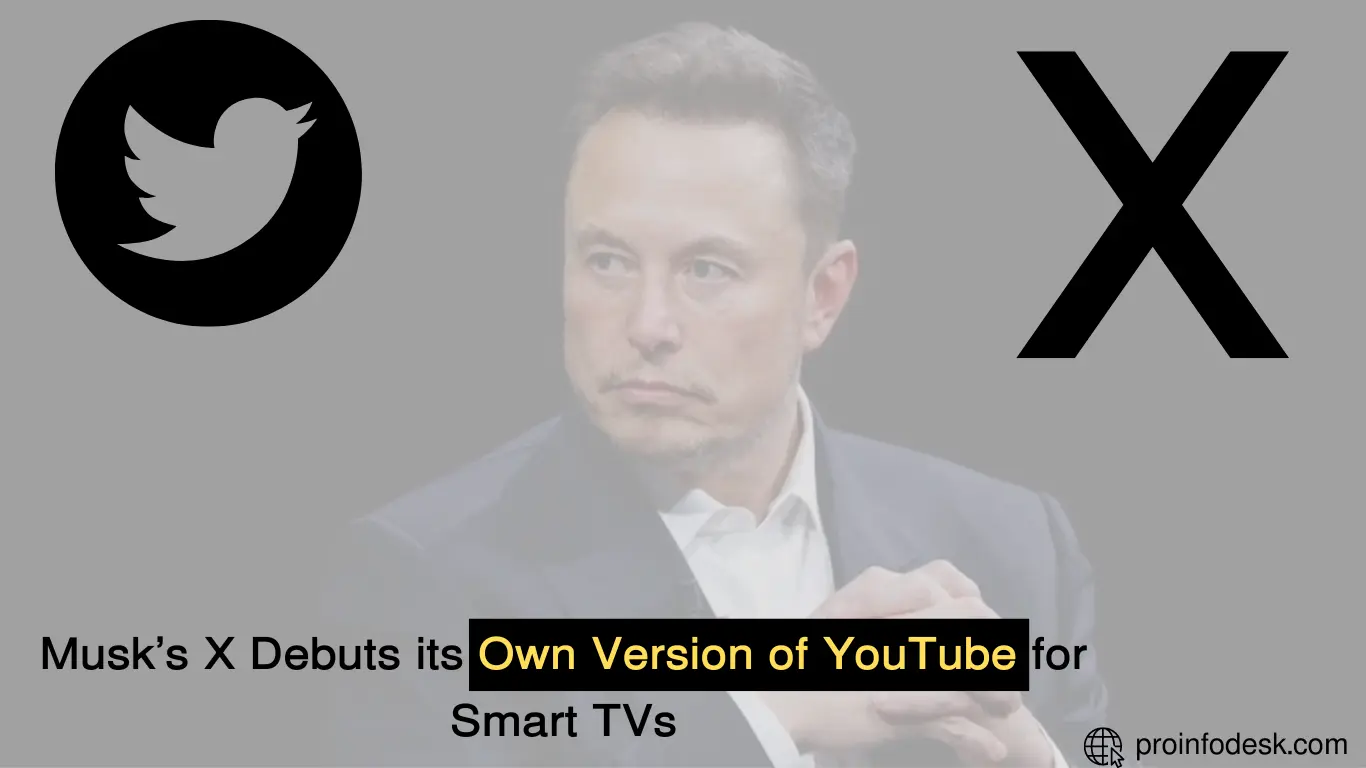
Overview:
Musk’s brainchild, X, is ready to roll out its own television application compatible with Amazon and Samsung smart TVs. With eyes set on rivalling YouTube, the new app, set for launch next week, promises to intrigue users with longer videos on sizeable screens. Musk envisages luring digital influencers and advertisers to X, by providing a platform mirroring YouTube’s TV app. As it grows its footprint in the streaming video sector, X is also primed to battle with platforms like Twitch, Signal, and Reddit. This attempt underlines X’s ambitious transition from a text-based messaging platform to a video-focused arena.
In-depth Insights:
- Musk’s venture, X, is about to usher in its own TV app for Amazon and Samsung smart TVs, to pose a challenge to YouTube.
- The upcoming app, scheduled for release next week, is aimed at captivating users with prolonged videos on expanded screens.
- By imitating the model of YouTube’s TV app, X is geared to captivate the attention of digital influencers and advertisers.
- With a goal to vie with platforms such as Twitch, Signal, and Reddit, Musk envisions a new realm for X.
- Marking its transition to video-based content, X had earlier declared its move to imitate TikTok’s infinite scroll feature.
- Formerly known as Twitter, X has a history of launching multiple TV apps.
- As X aims to dominate the video streaming world, it focuses on celebrities, digital influencers, and video game streaming.
- X has successfully initiated contracts with media personalities Don Lemon and Tucker Carlson for exclusive shows.
- X has been motivating content creators to shift their video content to its platform, guaranteeing increased ad revenue.
- Mr. Beast, a renowned YouTuber, contributed to X’s testing phase by uploading a full-length video and revealing his earnings.
- With a reported decline in user engagement by 30% and loss of significant advertisers, X is grappling to retain its user base and advertising partners.
- Musk’s ownership of X has witnessed a substantial devaluation in its overall assessment.
Source: Fortune.com
-

 Tech3 months ago
Tech3 months agoWhatsApp’s New Audio Call Bar Feature Simplifies Calling Experience
-

 Phones3 months ago
Phones3 months agoInfinix Zero 30 (4G vs. 5G): Specifications, Features, and Prices in Pakistan
-

 Phones3 months ago
Phones3 months agoEverything You Need to Know About Jazz Digit 4G Mobile Phones in Pakistan
-

 Mobile Packages3 months ago
Mobile Packages3 months agoHow to Check Your Telenor, Zong, Ufone, Jazz SIM Number
-
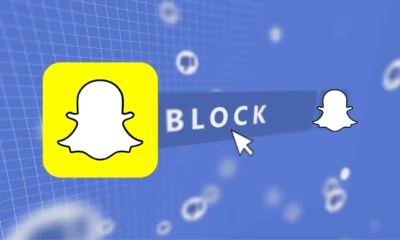
 Tech3 months ago
Tech3 months agoGuide to Blocking and Unblocking Users on Snapchat
-
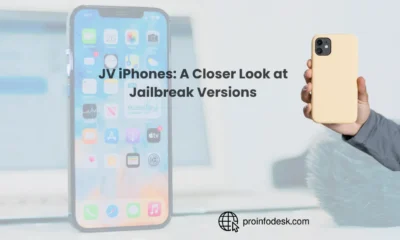
 iPhone3 months ago
iPhone3 months agoExploring JV iPhones: Prices, Risks, and Rewards in Pakistan
-

 Tech3 months ago
Tech3 months agoA New Era in Space Exploration: Pakistan’s First Lunar Mission Takes Flight
-

 Phones3 months ago
Phones3 months agoZTE Axon 60 Series: Affordable 4G Phones with Unisoc Chipsets

